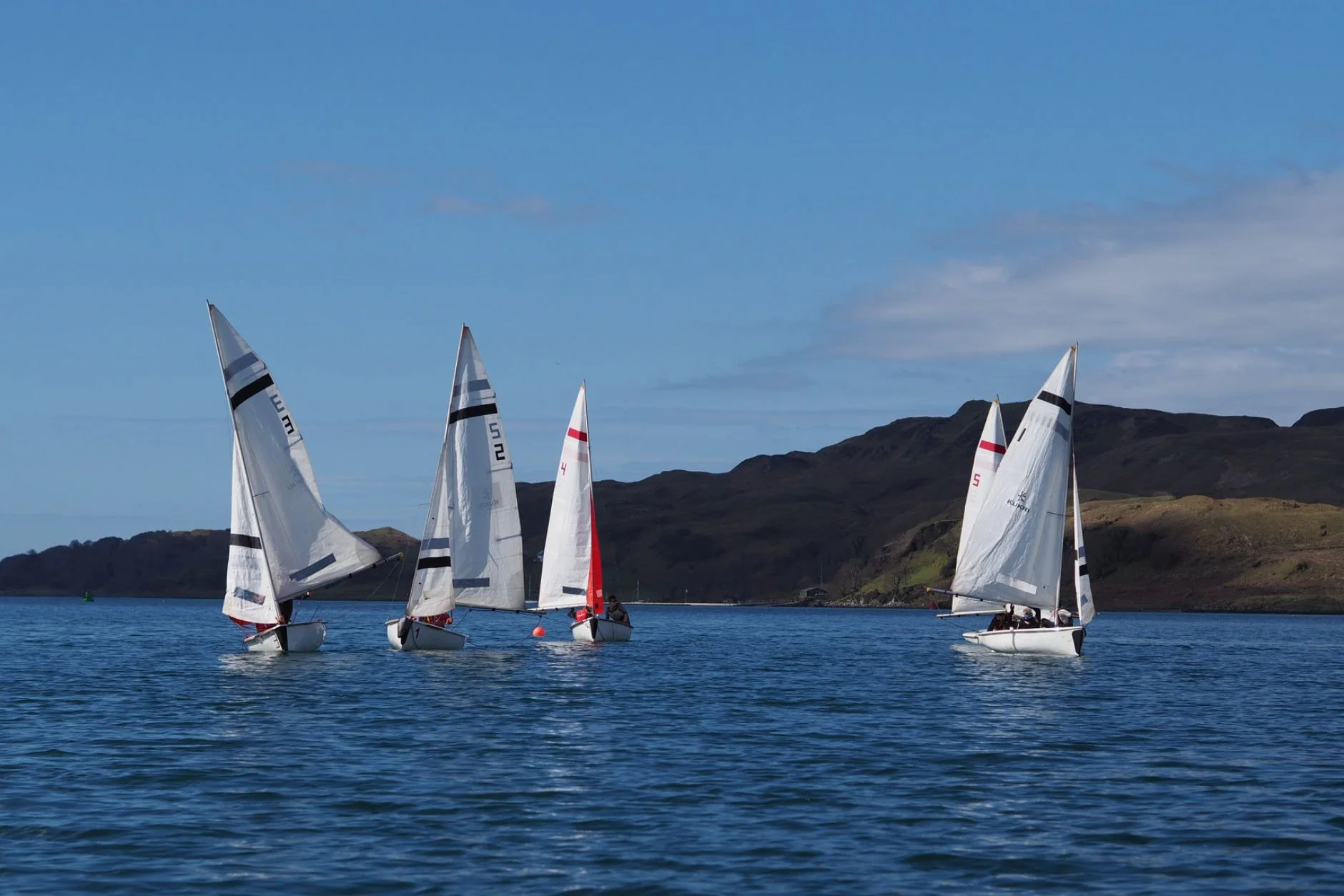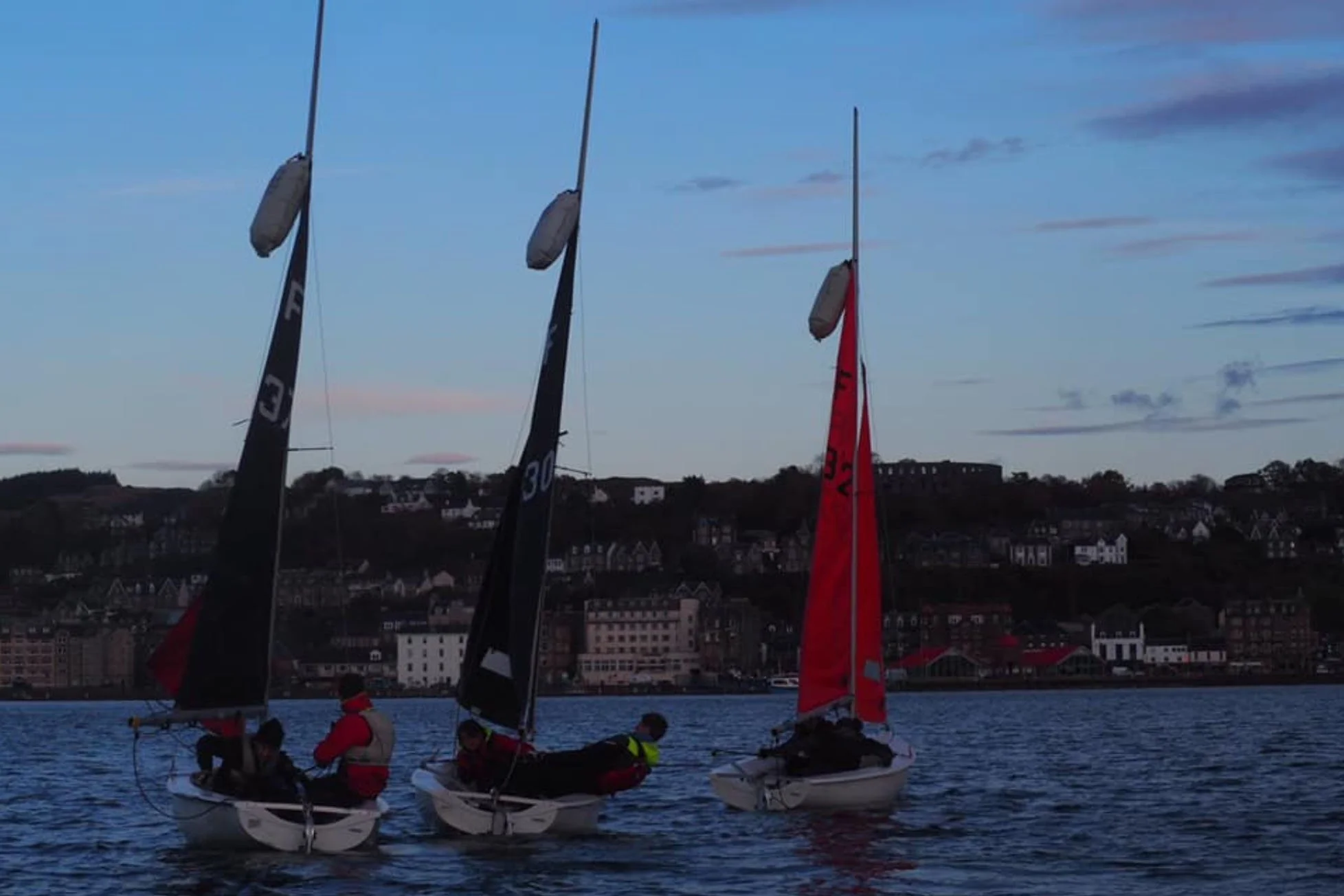Case study of good data: UHI Wind and Wave Club
“It is a capital mistake to theorise before one has data. Insensibly one begins to twist facts to suit theories, instead of theories to suit facts.” 1
Written by Joe Penhaul Smith PhD (Co-founding director)
The University of Highlands and Islands Wind and Wave Club was founded in 2016 by four students and went from founding to winning the UHI Club of the Year not once, but twice within quick succession (2018-2019 and 2019-2020). Alongside this they gained £13,000 in external funding, from seven different funding sources (5 different grants and alumni donations). The funding was used to purchase a flight of boats and equipment to expand out their provision of services. In addition, they competed at a high level, with results including: 1st in Silver fleet at the Scottish Student Sailing (SSS) Women’s championships 2016, 1st in Silver league 2018, 3rd at SSS yachting championships 2019 and 2nd at SSS fleets 2020.
A large part of these results was down to their regular monitoring of the entire population of the club, ranging from who was learning to sail, through to who was part of their winning teams.
How did this work?
Club members were asked a range of questions when they joined including such things as which year of university they were in, if they were an international student and the gender they identified as.
Alongside this attendance at the different training sessions was monitored such as the beginners and team racing sessions. This information was used over the year(s) to understand who was attending beginner sessions, who sailed in which teams and what the results of those teams were. By understanding the overall club population, then areas of specific weakness could be addressed. For example, the club was awarded the SunSail Funding the Future Grant in 2019, in part because of the data collected.
In 2018-2019 UHIWWC could say with confidence that international students in the club were overrepresented in the beginners sessions, compared to the population of international students in the club as a whole. Over the year 50% of sailors in the beginners sessions were international students compared to 30% of the club as a whole. In addition, only 10% of the team which was attending events were international students.
This led to the question of why?
To answer this, interviews were conducted of those international students who were participating in teams, and those who were not, so that the barriers that they had faced could be understood. Was this the case that more international students come to the club with less or no sailing experience compared to UK students? Were international students less affluent and therefore not able to afford to attend team racing events, which were more costly than the, free, beginners training. Or was something limiting their ability to join team racing events that wasn’t related to money or experience?
The commonalities identified from these interviews, conducted informally by the commodore, could then be used as the starting point for building a winning grant application to address the challenges faced by international students.
In this case it was found that international students were struggling to participate in team sailing because there were not enough thick wetsuits to borrow from the club. Wetsuits are bulky and therefore many students had not come to university with one at all, let alone one thick enough to sail in during the depths of Scottish winter. The lack of this equipment meant that they could not attend team events, limiting their progress in the club and meaning they stuck to beginners’ sessions, despite having the experience to attend team racing events.
Therefore the UHIWWC could say, with a high level of confidence, that the lack of wetsuits was a common barrier faced by these students, leading to real consequences (lack of progression) and this was limiting the club’s team performance.
The grant was awarded on this basis and the following year the Team Racing team, for whom this was a particular issue, outperformed their previous result of wining Silver League, by qualifying for Gold League and finishing 4th in this league, their best performance ever.
The data that they collected was:
Answering the question asked: The data collected directly asked the question ‘Are you an international student? Follow up interviews could then be built to directly answer the questions developed from the initial data collection. The data was not inferred from other data collected.
Representative: The whole club was asked about their gender, time at university and if they were an international student. This is alongside monitoring who was participating in which types of activities. Only international students were then asked about the barriers they faced, so the data was not influenced by the experiences of other club members
Accurate: The whole club was sampled over three years, including monitoring who was attending different training sessions, so the information collected is likely to be accurate.
Repeatable: All club members were asked the same questions and attendance of training sessions were recorded in the same way for three years.
This is only one example, but it illustrates just how important good data is in the development of a club, in this case over about a year, because the collection of these data meant that the club could identify an issue, understand what was causing that issue, acquire funding to address it and finally to have direct improvements to the club because they addressed that issue, we cannot improve our clubs or sport club development plans without data.
[1] Sherlock Holmes to Dr Watson, The Scandal in Bohemia, The Complete Sherlock Holmes Stories, Wordsworth edition, page 239, Arthur Conan Doyle, 2007, Ware. Kindle edition.

